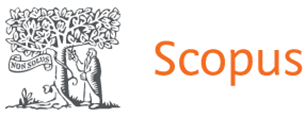Екологічна консорція як елементарна екосистема
DOI:
https://doi.org/10.15330/jpnu.8.4.34-44Ключові слова:
крнсорція, генопласт, розширений фенотип, взаємодія типу “ген-генАнотація
Кожен з великих автотрофних або гетеротрофних організмів створює середовище для багатьох організмів, які живуть у ньому, на ньому та навколо нього. Цей центральний організм і всі інші організми, що живуть у сфері його впливу, складають разом елементарне угруповання або екосистему, якщо брати до уваги ґрунт, повітря та інші елементи, які входять до цієї сфери. У східноєвропейській екологічній традиції такі елементарні екосистеми називаються індивідуальними консорціумами. Популяційно-видові консорції, у свою чергу, об'єднують окремі консорції популяцій і представників видів відповідно. Кожен центральний організм має унікальний генотип, і, таким чином, створює унікальне середовище для своїх мешканців. У зв’язку з цим результат взаємодії консортів та їх хазяїна залежить як від генотипу центрального організму, з одного боку, так і від генетичних структур консортів з іншого. Таким чином, автотрофна або гетеротрофна індивідуальна консорція – це просторово обмежена єдність різних організмів, зона концентрації життя, в якій навколо детермінантного досить великого центрального організму формується специфічний склад живих і неживих компонентів зі своєрідним енергетично-інформаційним обміном.











